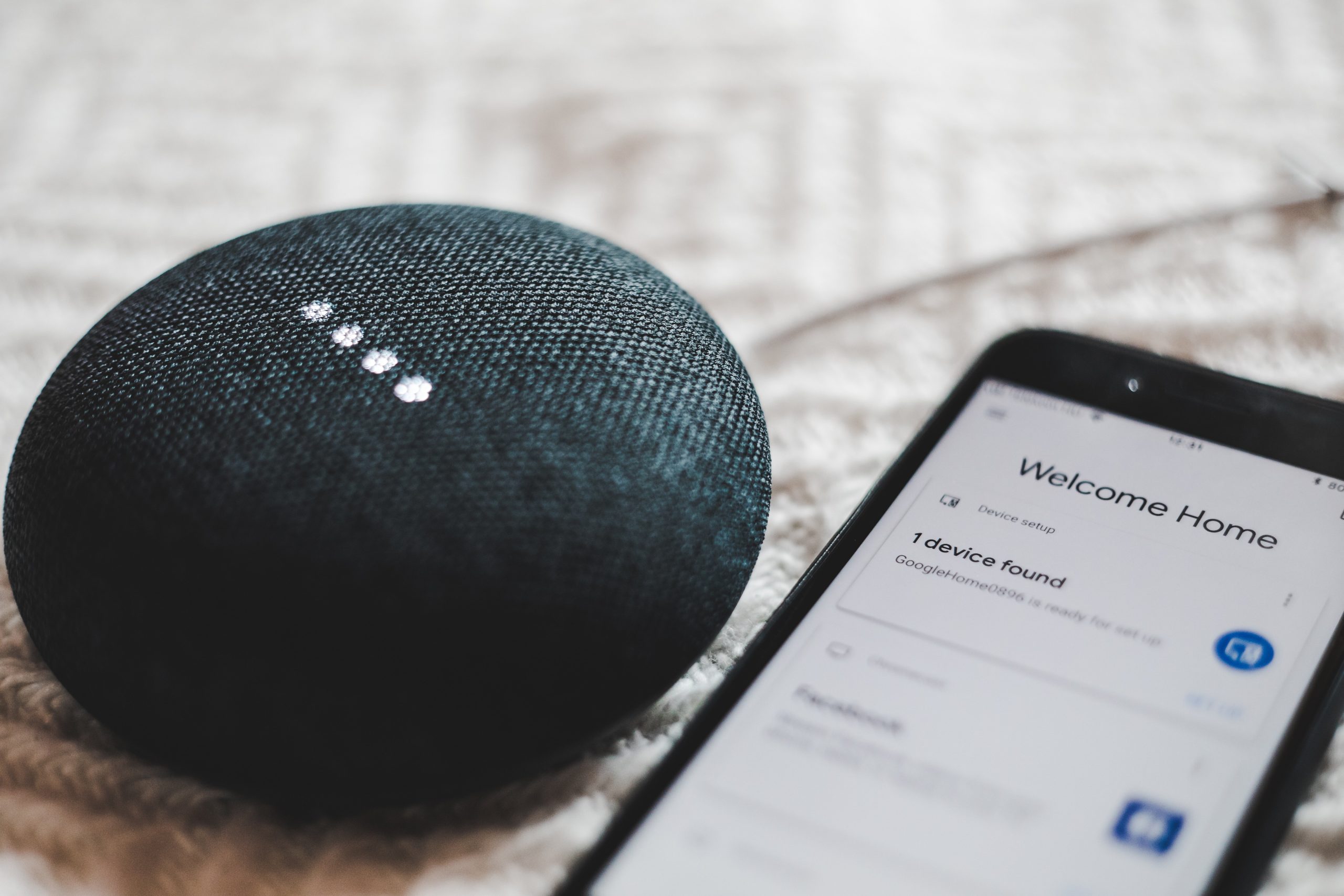TikTok has become a craze among teenagers and young adults, providing them with a platform to express themselves creatively. However, behind the fun lip-syncing and dancing videos lies a darker side that is fueling addictive behavior in girls with depression. This blog post delves into how TikTok can be harmful to mental health and explores ways to address this growing concern among parents and caregivers. Read on to learn more about the dark side of TikTok and what you can do about it.
Background of TikTok
TikTok is one of the most popular mobile apps on the planet. With over two billion active users, it’s no wonder it has become a leading platform for entertainment and communication. But what many people don’t know is that TikTok also has a dark side, and it’s causing addiction in girls with depression.
The app is popular among teenage girls because it allows them to share short videos with their friends. But what many teens don’t realize is that there are hundreds of thousands of TikTok videos featuring harmful content that can be addictive for young users.
One example of this type of content is “challenges,” which are series of videos designed to competitions between friends or followers. One challenge might be to see who can make the longest video or who can create the best illusionary makeup look.
These types of videos are extremely engaging for young users, and they can quickly become addictive. In fact, research has shown that exposure to challenging content via social media platforms like TikTok increases the risk for developing problematic behaviors like obsessive compulsive disorder (OCD) and body dysmorphic disorder (BDD).
This type of exposure can also lead to depression in vulnerable young women, as challenging activities often require significant amounts of time and energy that may not be readily available if a teen experiences depression symptoms. As a result, these girls turn to harmful behaviors like self-harm and risky sexual behavior in order
The App’s Role in Addictive Behavior
TikTok, one of the most popular mobile apps in the world, has been linked to an increase in depression and addictive behavior in young girls. The app is immensely popular with teens and preteens, who use it to share short videos of themselves dancing or lip syncing. But TikTok isn’t just a fun tool for kids; it can also be an addictive way to pass time.
The app has more than 500 million active users worldwide, and according to a study published in journal JAMA Pediatrics, that number is growing fast. In the study, researchers analyzed data from a survey of more than 10,000 adolescents aged 13 to 18 years old who used the app at least once within the previous six months. They found that rates of depression among girls using TikTok were twice as high as those not using the app. Rates of anxiety were also higher among users of TikTok, but not to the same degree as rates of depression.
What’s behind these high rates of mental health problems? Experts say part of it may be linked to how addictive TikTok can be. “Teens are spending hours daily on this app,” says Dr. Deepak Malhotra, co-founder and chief medical officer at WellnessMinder Health Inc., a personalized healthcare company . “Their brains are getting trained to associate pleasure with engagement with this kind of media.”
That might sound like good news for companies like TikTok, which make money
Effects of TikTok on Girls with Depression
TikTok is one of the most popular apps on the market, with over one billion active users. It’s also been linked to addictive behavior and mental health problems in girls, including depression.
The app has become a mainstay for entertainment and communication for teenagers, but it’s also been connected to issues like body image obsession, eating disorders, and social media addiction. Girls are particularly susceptible to these effects because they’re usually more reliant on social media than boys are and tend to be more self-conscious about their appearance.
One study found that 63% of girls who use TikTok suffer from depression, compared to only 40% of boys who use the app. The study authors say that this is likely because girls are more likely than boys to use TikTok as a way to escape from feelings or thoughts related to their depression.
There are ways that parents can help keep their daughters safe while using TikTok and other social media platforms. They should talk to their kids about the importance of not letting the app control their lives and helping them set healthy boundaries. Additionally, they can help promote positive body image by communicating with their daughter about why she should be proud of her body no matter what size she is and encourage her to speak up if she sees something online that makes her feel uncomfortable or unhappy about her own appearance.
Solutions to Address the Problem
There is a dark side to TikTok, an app that has become wildly popular with young girls and women. The app is known for its quick videos and easy-to-use filters, but it can also be addictive and lead to negative behavior in those who use it excessively.
TikTok is associated with depression in girls because it can be a source of distraction from real life problems. According to the National Institute of Mental Health, using electronic devices such as phones, tablets, and computers can lead to decreased physical activity and social interaction, which can lead to feelings of isolation and depression. Excessive use of TikTok can also lead to addiction symptoms including cravings, withdrawal symptoms, and compulsive use.
The best way to deal with TikTok addiction is to identify the problem early on. If you or a loved one are struggling with an excessive TikTok usage habit, it is important to seek help from a mental health professional or therapist who can provide guidance on how to break the habit. In addition, there are many solutions available that address the problem of addiction without requiring abstinence from the device altogether.








